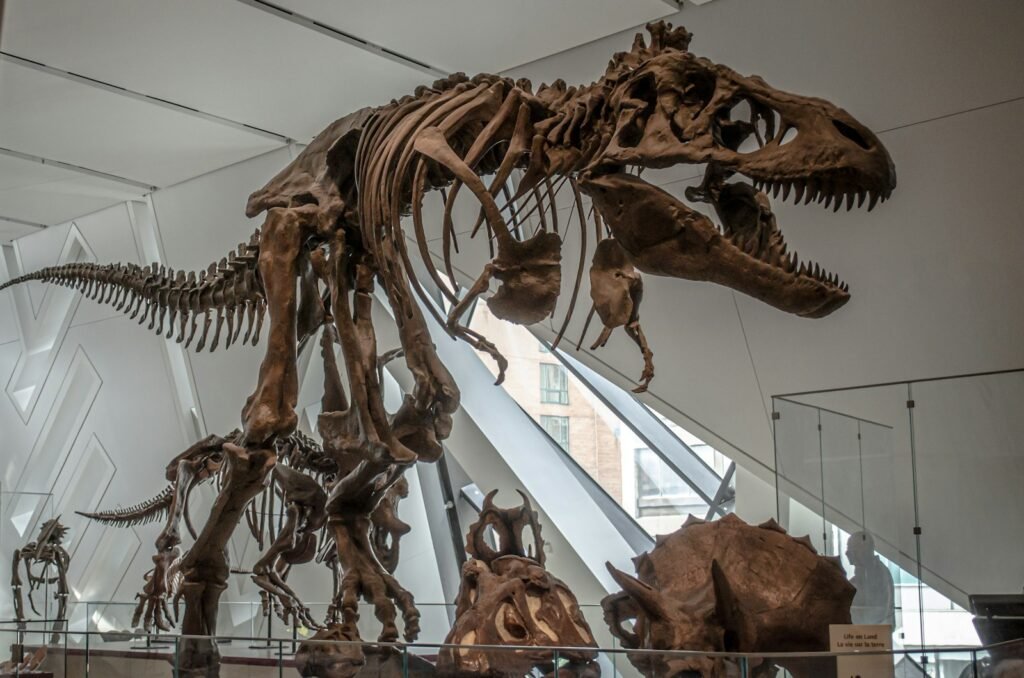Five times, Earth’s living world nearly blinked out – and each time, the rocks kept score. In cliffs, quarries, and microscope slides, paleontologists read the scars of lost oceans, smothered forests, and skies turned strange. The mystery is no longer whether these collapses happened, but how we decoded them, and what those clues say about our own precarious century. The fossils are not just relics; they are receipts from a planet’s hardest years, stamped with chemistry, ash, and shattered shells. Follow the trail long enough and a simple pattern emerges: life is resilient, but it does not survive everything.
Early Shocks: Ordovician–Silurian and Devonian Reefs in Peril

About four hundred forty-four million years ago, a sudden cooling locked water into ice, sea level plunged, and shallow seas – home to trilobites, brachiopods, and graptolites – vanished almost overnight. In rock after rock, shell-rich limestones give way to glacially influenced sediments, and oxygen isotopes in fossil conodont teeth register an unmistakable chill. Roughly about 85% of marine species disappeared across two pulses, a sobering statistic written in empty reef frameworks and truncated fossil ranges. Not long after, beginning around three hundred seventy-two million years ago, the Late Devonian delivered a different kind of slow-motion crisis as reefs built by stromatoporoids and corals faltered through repeated anoxic events. Black shales loaded with organic matter and subtle mercury spikes hint at volcanism and oxygen-poor seas that suffocated fishes and invertebrates alike. The record looks less like a single hammer blow and more like a drumroll of stress, and the fossils show who endured and who did not.
The Great Dying: When Almost All Life Faltered
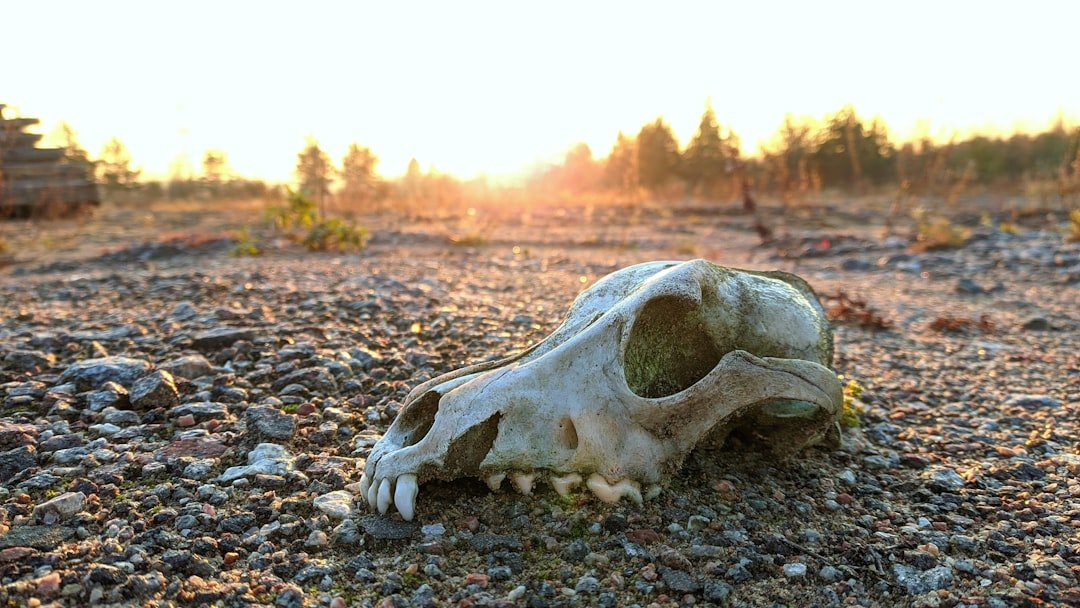
At roughly two hundred fifty-two million years ago, the Permian–Triassic boundary bears the most brutal ledger in Earth history. In marine strata, entire communities vanish – more than nine of every ten species – while on land, forests thin to ghostly horizons speckled with hardy survivors. Chemical fingerprints point to colossal Siberian volcanism: layers enriched in mercury, carbon isotope freefalls signaling a carbon-flooded atmosphere, and minerals that form under punishing heat. Microfossils and biomarkers tell of oceans that turned stagnant, acidic, and sulfidic, a triple punch that dissolved shells and choked gills. After the crash, a few generalists, like burrowing synapsids and disaster-tolerant plants, briefly dominated, a biological reset button visible in the simplest fossils. It is a portrait of cascading stressors, not a single villain, and it remains the clearest warning that scale and speed matter.
Volcanoes and Upheaval: The Triassic–Jurassic Reset
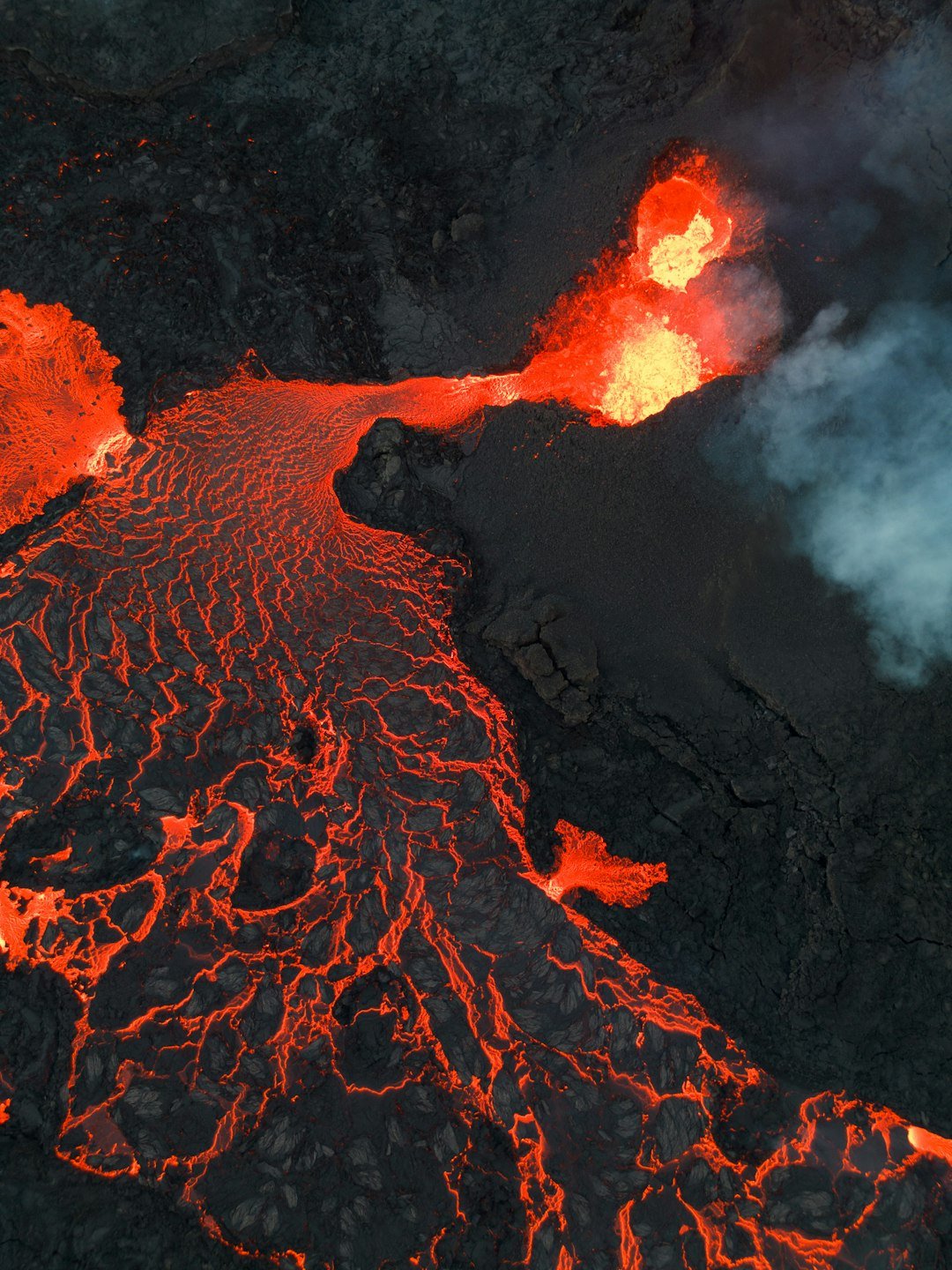
Around two hundred one million years ago, the Central Atlantic Magmatic Province split the supercontinent with lava flows stretching across what is now North America, Africa, and Europe. The timing is stitched together with ash layers dated by zircon crystals and mirrored by abrupt shifts in carbon isotopes across multiple continents. Fossils record the turnover: large Triassic amphibians and many marine reptiles fade, ammonoids and early croc-line archosaurs shuffle, and, crucially, dinosaurs walk into the ecological space left behind. Stomatal pores in fossil leaves shrink, a botanical signal of elevated carbon dioxide and warmer air thinned of its old rhythms. In the sea, bivalves and ammonites show rapid evolutionary experiments, with new shell designs proliferating after losses. The reset was messy but decisive, and it paved the way for the Jurassic’s exuberant biodiversity.
A Bad Day in Yucatán: The K–Pg Aftermath
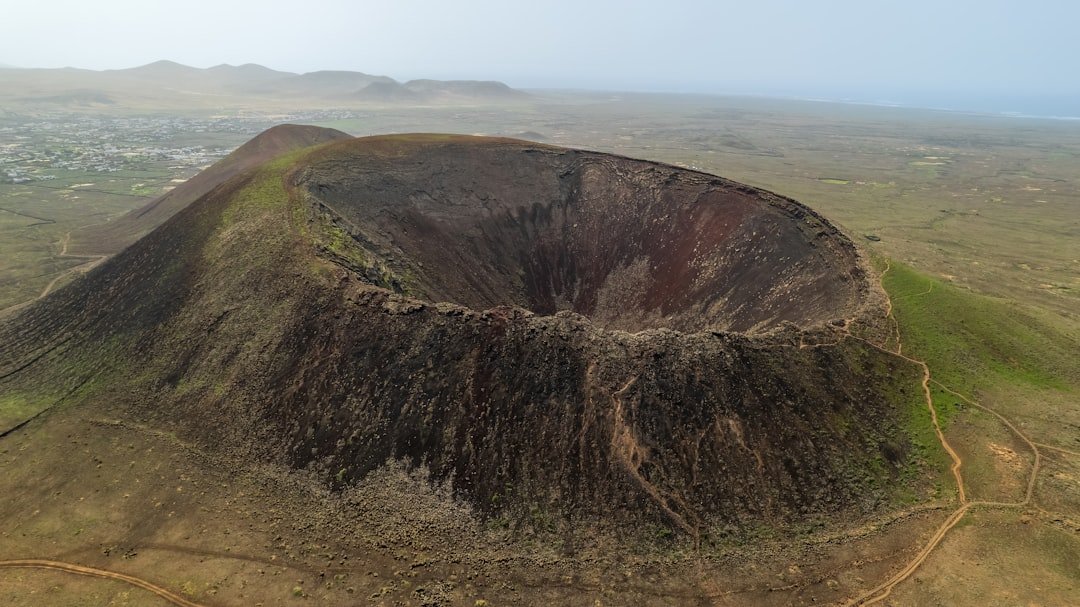
Sixty-six million years ago, a bolide struck near today’s Chicxulub, Mexico, and the news is still breaking in rocks worldwide. A paper-thin clay seam enriched in iridium lies like a breadcrumb trail on every continent, bracketed by shocked quartz and tiny glass spherules that once rained from a superheated sky. Roughly about three quarters of species – including non-avian dinosaurs and many marine reptiles – disappeared as food webs unraveled and darkness curtained photosynthesis. Pollen grains flip to a “fern spike,” a botanical signature of barren, ash-laden landscapes temporarily reclaimed by hardy pioneers. Foraminifera in deep-sea cores show a sharp species crash followed by a stepwise recovery, a microfossil chronicle of catastrophe measured in millimeters. Even the crater’s buried rings have been mapped, and they align eerily with the violence the fossils imply.
From Ancient Tools to Modern Science
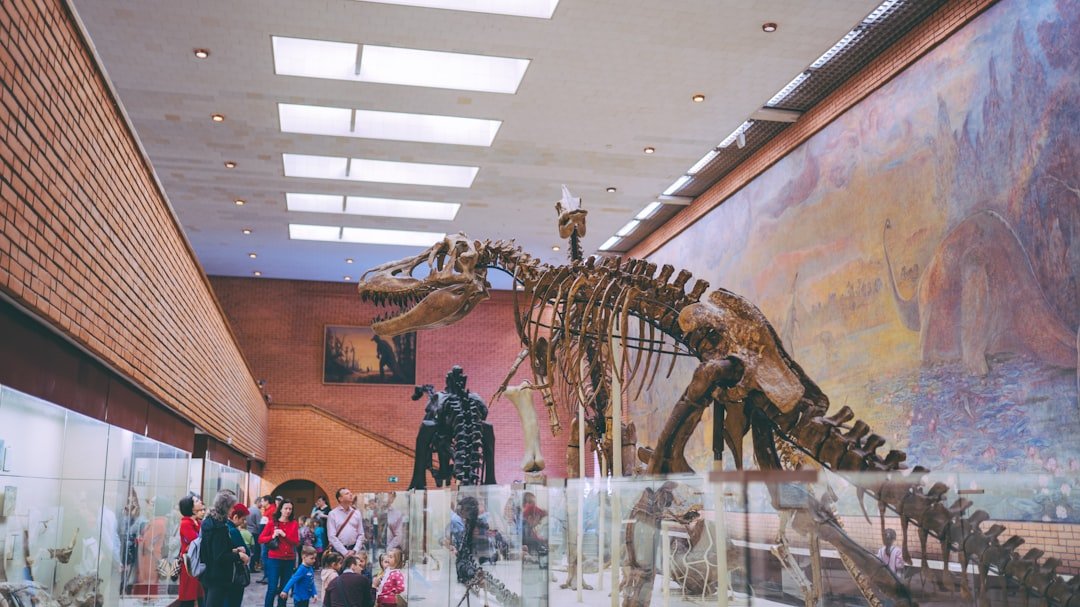
The detective kit has changed, and it’s turned the fossil record into a forensic archive rather than a simple scrapbook. High-resolution CT scanning peels back rock to reveal delicate anatomy, while synchrotron beams pull out trace elements locked in shells and bones. Geochemists match volcanic pulses to extinction horizons using mercury anomalies, noble gases, and carbon isotopes, building timelines that now sync to within tens of thousands of years. Paleobotanists count stomata on fossil leaves to estimate ancient carbon dioxide, and palynologists track ecosystem collapse with spores and pollen. Meanwhile, statistical models test whether losses happened in sharp spikes or drawn-out waves, and the results vary by event, region, and ecosystem. The upshot is precision: we can now parse which stressor hit first, which mattered most, and how fast recovery actually unfolded.
Why It Matters
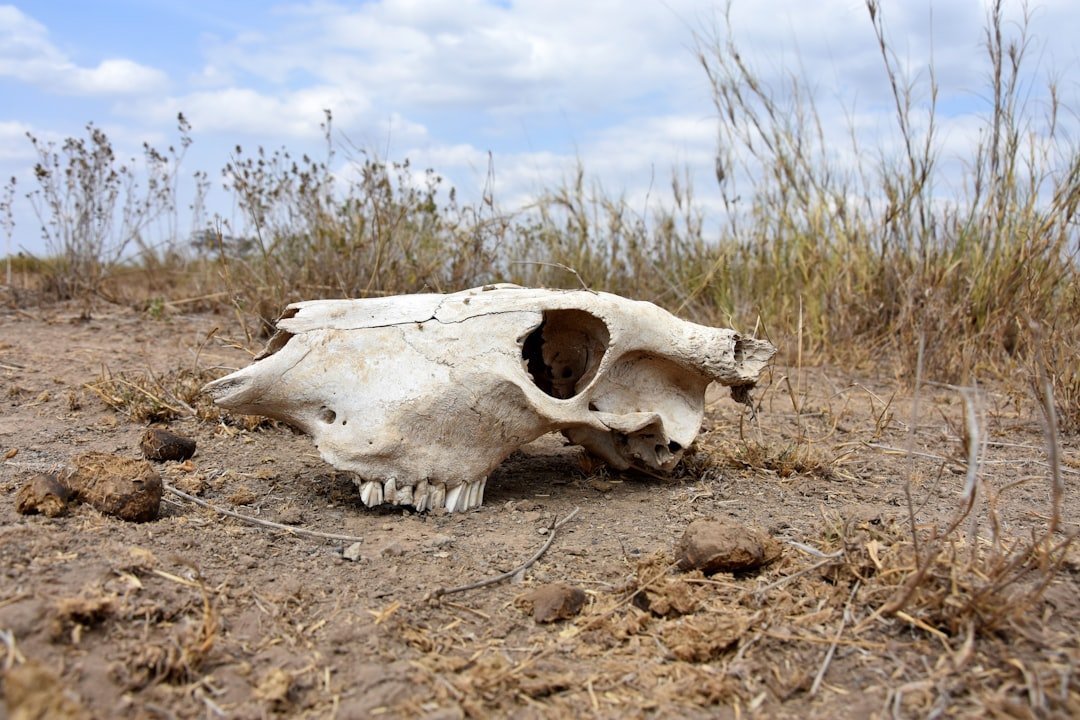
Mass extinctions are not just ancient tragedies; they are experiments we didn’t plan but can still learn from. The fossil record shows that compounding pressures – warming, acidification, oxygen loss, habitat collapse – are especially dangerous when they pile up quickly. It also shows that recovery takes far longer than collapse, with biodiversity rebounds typically measured in millions of years, not centuries. Today’s marine heatwaves, reef bleaching, and expanding oxygen minimum zones echo stressors that feature prominently in past die-offs, even if the causes differ. Comparing those patterns helps scientists separate noise from signal, identifying which species traits – broad diets, mobility, reproductive flexibility – boost survival when systems lurch. That knowledge doesn’t predict the future with certainty, but it sharpens the questions that matter now.
- Past collapses often involved warming on the order of several degrees and rapid carbon injections relative to background rates.
- Reef builders, top predators, and highly specialized species were repeatedly among the most vulnerable.
- Post-extinction ecosystems favored generalists first, with complexity rebuilding step by step.
The Future Landscape

New technologies are turning today’s oceans and sediments into living observatories that can be compared, layer by layer, with ancient crises. Autonomous gliders map oxygen-starved waters in three dimensions, while satellite spectrometers watch plankton blooms wax and wither in near real time. Labs are refining carbonate chemistry proxies to track acidification with the same fidelity we bring to past events, closing the gap between fossil inference and modern measurement. DNA from cave sediments and ocean floors is revealing ghost lineages and hidden turnovers, teaching us how quickly communities can flip. The hardest challenge is pace: the modern carbon surge is unfolding far faster than many ancient episodes, so thresholds may arrive suddenly and unevenly. The global implication is stark but practical – early detection and local protection can buy time, even when the driver is planetary.
Conclusion
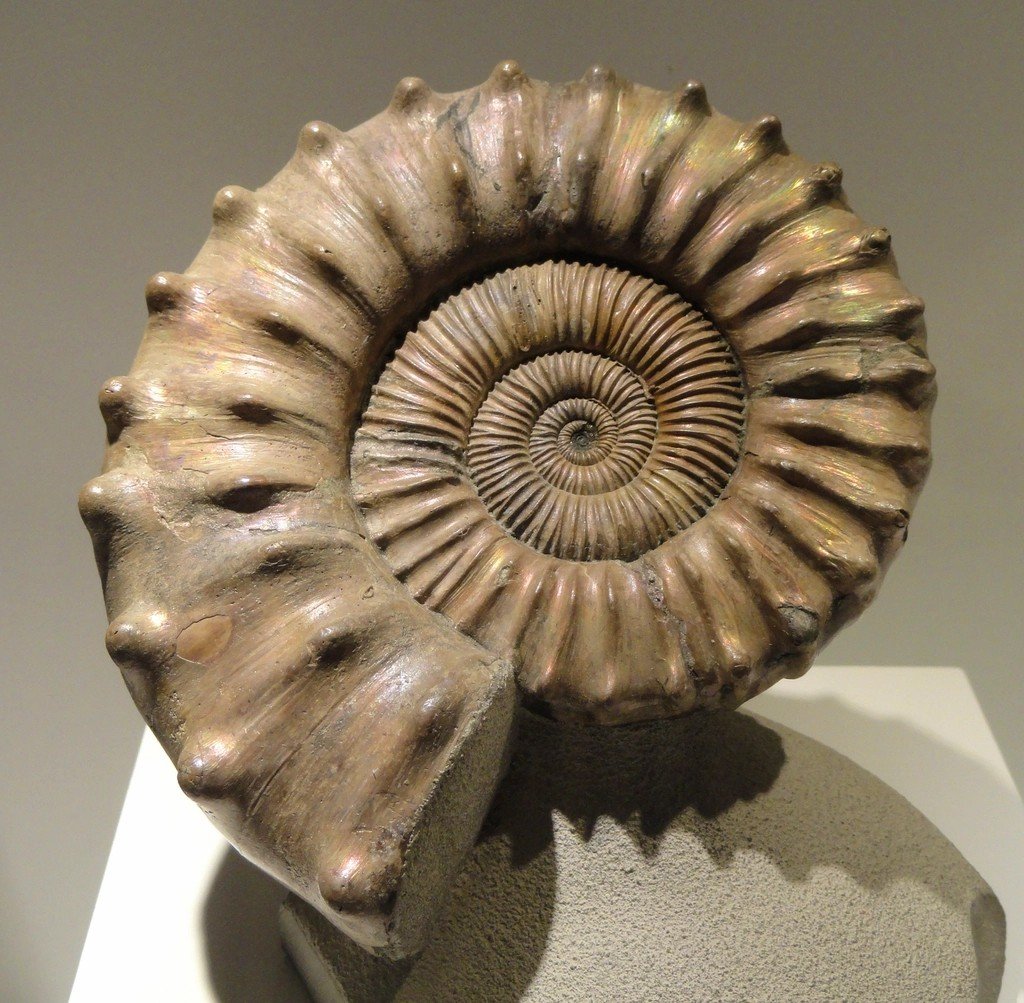
Engaging with this deep-time story doesn’t require a research vessel, just a willingness to notice and to nudge. Support community science by photographing fossils responsibly at permitted sites and uploading observations to vetted databases, which helps refine ranges and recovery timelines. Back reef restoration and water-quality projects in your region; healthy, connected habitats are the buffers ecosystems lean on when stress spikes. Visit natural history museums and vote for institutions and policies that keep collections funded and accessible, because those drawers of shells and leaves are our most reliable time machines. Reduce personal and local carbon footprints where feasible – energy efficiency and smarter transit scale up when neighborhoods commit together. Above all, stay curious; the more people who can read the rock record’s warnings, the better our odds of steering away from them.

Suhail Ahmed is a passionate digital professional and nature enthusiast with over 8 years of experience in content strategy, SEO, web development, and digital operations. Alongside his freelance journey, Suhail actively contributes to nature and wildlife platforms like Discover Wildlife, where he channels his curiosity for the planet into engaging, educational storytelling.
With a strong background in managing digital ecosystems — from ecommerce stores and WordPress websites to social media and automation — Suhail merges technical precision with creative insight. His content reflects a rare balance: SEO-friendly yet deeply human, data-informed yet emotionally resonant.
Driven by a love for discovery and storytelling, Suhail believes in using digital platforms to amplify causes that matter — especially those protecting Earth’s biodiversity and inspiring sustainable living. Whether he’s managing online projects or crafting wildlife content, his goal remains the same: to inform, inspire, and leave a positive digital footprint.

